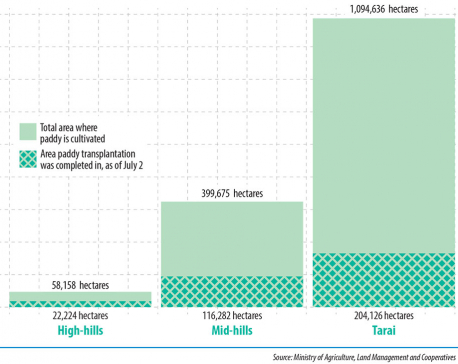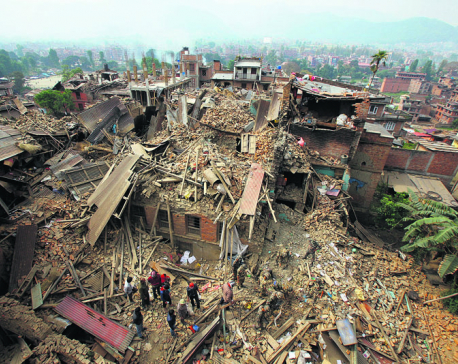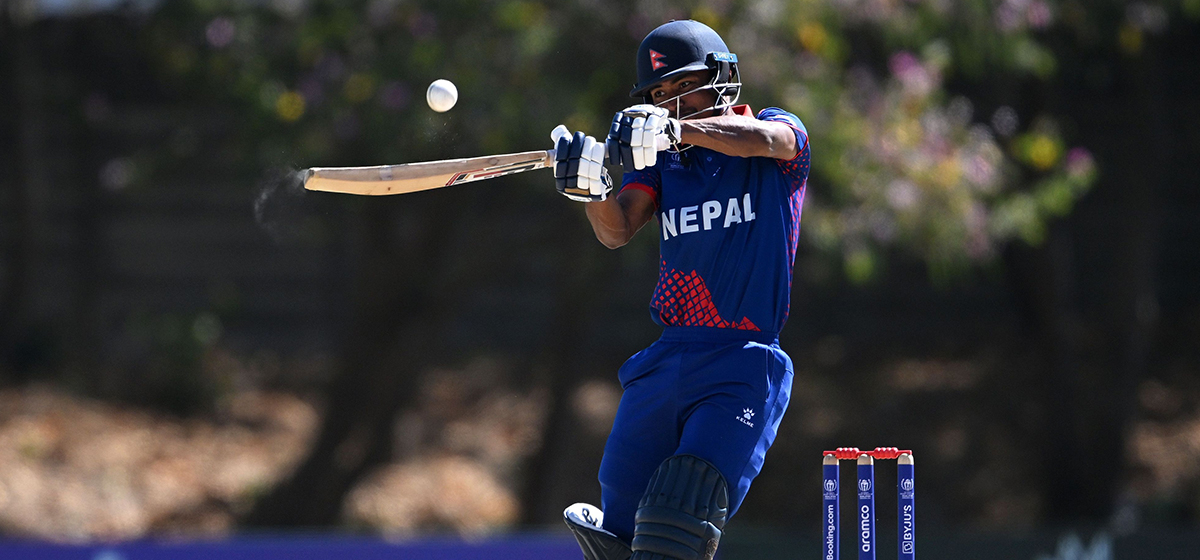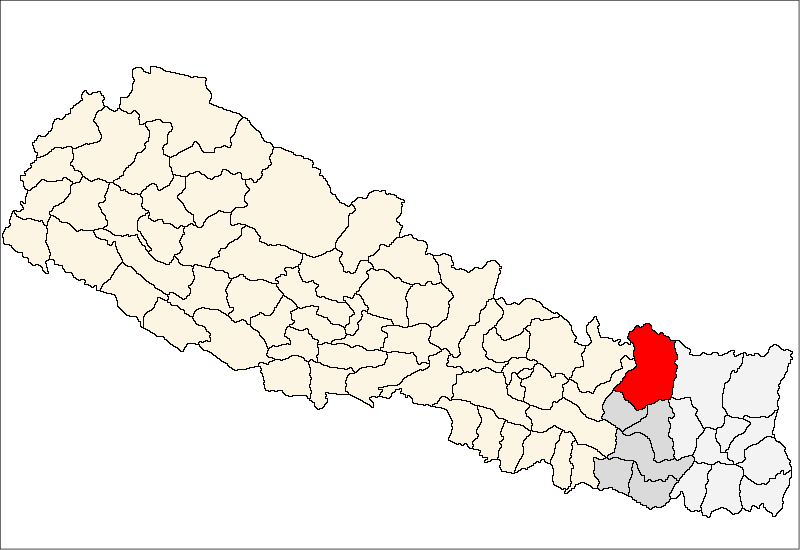
OR
Less than half paddy plantation in 10 Tarai districts
Published On: July 30, 2017 08:14 AM NPT By: Dilip Paudel
KATHMANDU, July 29: Tarai, known as the bread basket of Nepal, has not seen even 50 percent of paddy plantation in its different districts till the end of July.
Paddy plantation has been delayed in Saptari, Siraha, Dhanusha, Mahottari, Sarlahi, Rautahat, Bara, Parsa, and Banke districts in Tarai because of less rainfall. Similar is the case for Ramechhap district. Farmers are worried because of the delay. Ministry of Agricultural Development (MoAD) stated that though the country has seen 74 percent of paddy plantation, the major districts of paddy production have seen only 40-50 percent of plantation.
“Districts that produce more rice have not completed even 50 percent of plantation,” Agriculture Development Minister Ramkrishna Yadav said: “On top of that, farmers have complained that even the planted paddy is withering because of drought.”
Officials and paddy experts are worried for it will have its impact on the production of paddy. The ministry has stated that the situation in eight Tarai districts of province no. 2 is worse, and it is similar to being drought-hit. “The lack of rainfall has caused the fields to crack,” Minister Yadav said who is a local of Dhanusha district.
The ministry informed that it has deployed concerned bodies to resolve the problem by looking for alternative measures. The ministry has directed subordinate bodies to find out solutions and come up with action plan in drought-hit places, Minister Yadav said.
“We have asked the concerned bodies to send suggestions after discussing with farmers and stakeholders,” Yadav told Republica. “We will make additional plans on the basis of the suggestions.”
He said a study is underway regarding compensation to farmers whose paddy farms are cracked because of drought.
“We are doing homework to irrigate the land as alternative management,” Yadav added: “We will help them on the basis of the farmers’ need and demand.”
The plantation is comparatively less because of little rainfall this year. Last year the country had witnessed 80 percent paddy plantation around this time.
Agriculture officials are worried because of very little plantation in the 10 districts. The late arrival of monsoon in Tarai is one of the reasons for the delay in plantation, according to Regional Agriculture Directorate, Biratnagar. Hilly regions have completed significant plantation in comparison to the year before.
Paddy experts say that if the plantation is not completed on time, production will decrease. Last year paddy production saw new record, which was attributed to good weather, availability of fertilizers, less insects and less plant diseases. The production of paddy stood at 5,230,300 metric tons in the fiscal year 2016/17.
Trade and Export Promotion Center informed that as the locally produced rice was not sufficient, the country imported rice worth Rs 238.8 million from India in the fiscal year 2016/17.
The government has planned to be self-reliant in paddy in three years. The contribution of paddy on national agricultural product is 21 percent. Paddy cultivation is possible in all districts of the country except Manag and Mustang. The ministry claims that paddy farming can be done in 50.2 percent of cultivable land of the country. In Tarai, 69.1 percent of cultivable land is suitable for paddy, whereas in hilly and upper hilly regions, 26.8 percent and 4.1 percent lands are suitable.
You May Like This

Plantation completed in 50% of paddy fields in 14 districts
KATHMANDU, July 4: Paddy plantation has been completed in 50 percent of paddy fields in 14 districts. According to the... Read More...

Half of the damaged houses were less than 20 years old
KATHMANDU, June 11: More than half of the houses damaged by the 2015 earthquakes were less than 20 years old. ... Read More...

With less than a month left in fiscal year, 62% development budget still unspent
KATHMANDU, June 17: The government’s capacity to spend the development budget remained weak in the first 11 months of the current... Read More...




Just In
- NEA Provincial Office initiates contract termination process with six companies
- Nepal's ready-made garment exports soar to over 9 billion rupees
- Vote count update: UML candidate continues to maintain lead in Bajhang
- Govt to provide up to Rs 500,000 for building houses affected by natural calamities
- China announces implementation of free visa for Nepali citizens
- NEPSE gains 14.33 points, while daily turnover inclines to Rs 2.68 billion
- Tourists suffer after flight disruption due to adverse weather in Solukhumbu district
- Vote count update: NC maintains lead in Ilam-2














Leave A Comment